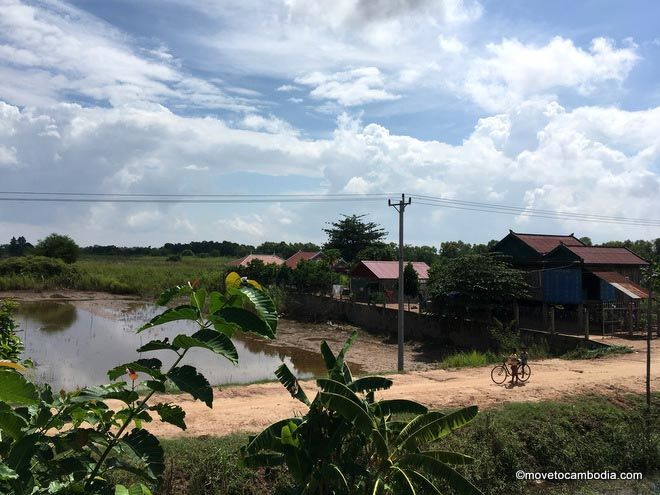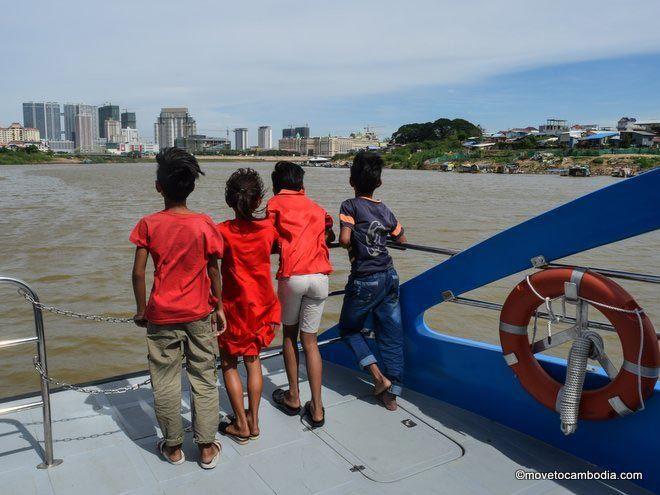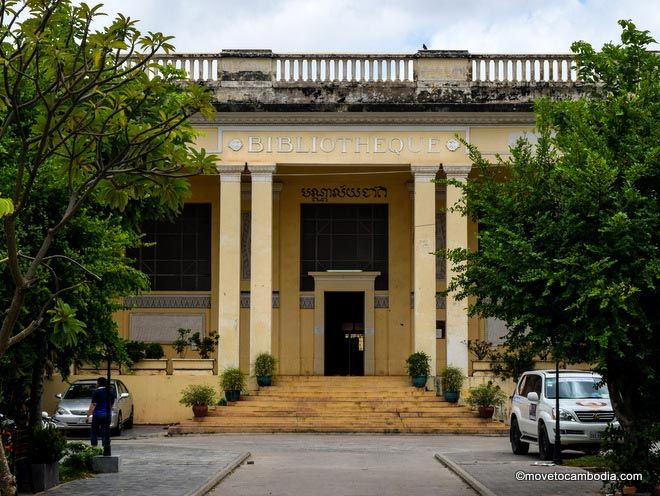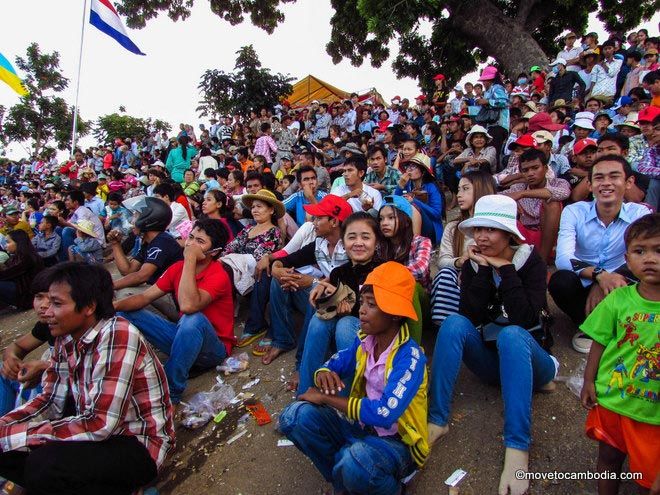One of the paradoxes of travel is that we often express a desire to experience how life in our destination is truly lived, but we would probably hate it if we did. In Cambodia, although there are transcendent moments to be had exploring the countryside and chatting with villagers amid rice paddies and sugar palms, the fact is that living in a rural village basically sucks. You’re usually sleeping on cheap, hot polyester bedding, sweating your eyes out, and peeing all over your feet because you’re too clumsy to properly use a squat toilet. In the rainy season, everything is covered in dirt, water, and every imaginable combination thereof, and it can be tricky to determine which of the brown streaks covering your shoes are mud and which are cow excrement.

A taste of rural Cambodian life.
As journalists, after a long day of conducting interviews that usually converge around the theme of how terrible people’s lives are in the Cambodian countryside, we’re always pretty grateful to escape back to our inexpensive, air-conditioned room in a provincial town and take a hot shower. But we’re sympathetic to the (usually genuine and well-meaning) desire to get to know the “real Cambodia.”
Enter Koh Dach, or Silk Island, a surprisingly rural-feeling island just off the coast of Phnom Penh. It’s easy to get here by motorbike or tuk tuk up National Road 6a and onto a ferry, which costs 500 riel per person and delivers you across the Mekong River as safely and efficiently as is possible in Cambodia.
And enter the Red House, a cleverly-conceived homestay-cum-AirBnB that provides a very good sense of the pleasures and pitfalls of rural living in Cambodia, for a very reasonable price ($20/night). Continue reading →








